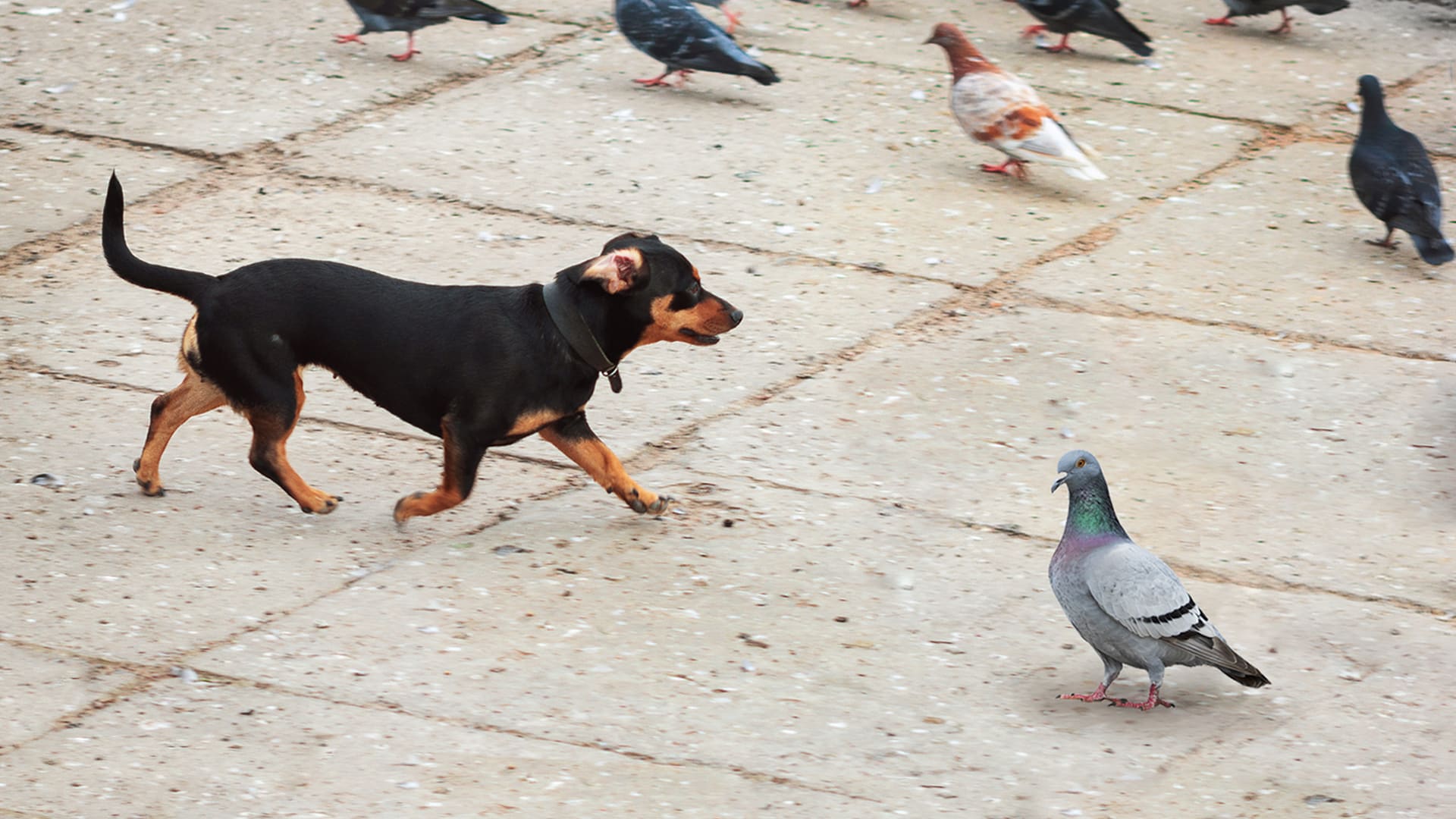Scroll for prep

Please wait…
This video is having trouble loading. You may have lost your Internet connection.
Step 1: Click to Reload this page
Step 2: Click to
Try our other video player
Step 3: contact support if trouble persists.
Or,
dismiss this message.
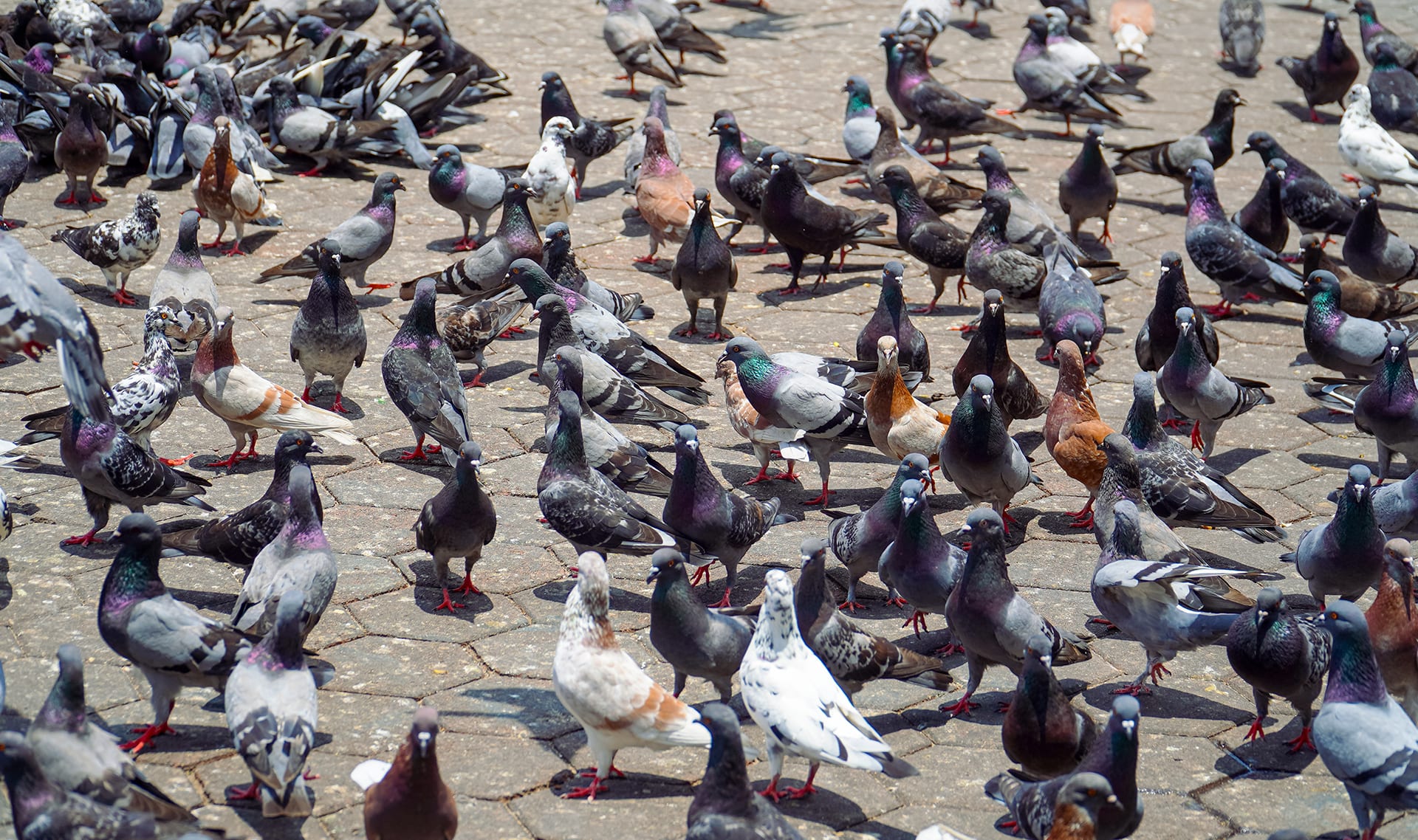
CONVERSEMOS:
¿Qué diferencias puedes ver entre los rasgos de estas palomas?
¿Qué diferencias puedes ver entre los rasgos de estas palomas?

Please wait…
This video is having trouble loading. You may have lost your Internet connection.
Step 1: Click to Reload this page
Step 2: Click to
Try our other video player
Step 3: contact support if trouble persists.
Or,
dismiss this message.

CONVERSEMOS:
Observa las crías. ¿Puedes encontrar rasgos que se parecen más a los de uno de los padres y rasgos que se parecen más al otro?
Observa las crías. ¿Puedes encontrar rasgos que se parecen más a los de uno de los padres y rasgos que se parecen más al otro?

Please wait…
This video is having trouble loading. You may have lost your Internet connection.
Step 1: Click to Reload this page
Step 2: Click to
Try our other video player
Step 3: contact support if trouble persists.
Or,
dismiss this message.

CONVERSEMOS:
¿Crees que este par de palomas comunes podría tener crías que se
parezcan a esta paloma sofisticada? ¿Por qué sí o por qué no?
¿Crees que este par de palomas comunes podría tener crías que se
parezcan a esta paloma sofisticada? ¿Por qué sí o por qué no?

Please wait…
This video is having trouble loading. You may have lost your Internet connection.
Step 1: Click to Reload this page
Step 2: Click to
Try our other video player
Step 3: contact support if trouble persists.
Or,
dismiss this message.

Please wait…
This video is having trouble loading. You may have lost your Internet connection.
Step 1: Click to Reload this page
Step 2: Click to
Try our other video player
Step 3: contact support if trouble persists.
Or,
dismiss this message.
Paso
01/16
01/16
Vas a trabajar con un compañero o una compañera. Decidan quién
será el Rastreador de Rasgos y quién será el Detective
de similitudes.
será el Rastreador de Rasgos y quién será el Detective
de similitudes.

Please wait…
This video is having trouble loading. You may have lost your Internet connection.
Step 1: Click to Reload this page
Step 2: Click to
Try our other video player
Step 3: contact support if trouble persists.
Or,
dismiss this message.
Paso
02/16
02/16
Obtén estos materiales.

Please wait…
This video is having trouble loading. You may have lost your Internet connection.
Step 1: Click to Reload this page
Step 2: Click to
Try our other video player
Step 3: contact support if trouble persists.
Or,
dismiss this message.
Paso
03/16
03/16
Corta a lo largo de la línea gruesa.
Detective: Recorta las 4 tarjetas de los padres.
Rastreador: Recorta las tarjetas de las crías y ponlas a un lado.
Detective: Recorta las 4 tarjetas de los padres.
Rastreador: Recorta las tarjetas de las crías y ponlas a un lado.

Please wait…
This video is having trouble loading. You may have lost your Internet connection.
Step 1: Click to Reload this page
Step 2: Click to
Try our other video player
Step 3: contact support if trouble persists.
Or,
dismiss this message.
Paso
04/16
04/16
Observa los rasgos de las mascotas de Charlie.
Conversemos:
Conversemos:

Please wait…
This video is having trouble loading. You may have lost your Internet connection.
Step 1: Click to Reload this page
Step 2: Click to
Try our other video player
Step 3: contact support if trouble persists.
Or,
dismiss this message.
Paso
05/16
05/16
Rastreador: : Pega las tarjetas de Tango & Toto en los recuadros
de arriba. Detective: Pega las tarjetas de Sonic & Stardust en los
recuadros de arriba.
de arriba. Detective: Pega las tarjetas de Sonic & Stardust en los
recuadros de arriba.

Please wait…
This video is having trouble loading. You may have lost your Internet connection.
Step 1: Click to Reload this page
Step 2: Click to
Try our other video player
Step 3: contact support if trouble persists.
Or,
dismiss this message.
Paso
06/16
06/16
Rastreador: Obtén las 8 tarjetas de las crías y extiéndelas sobre
tu escritorio de esta manera.
tu escritorio de esta manera.

Please wait…
This video is having trouble loading. You may have lost your Internet connection.
Step 1: Click to Reload this page
Step 2: Click to
Try our other video player
Step 3: contact support if trouble persists.
Or,
dismiss this message.
Paso
07/16
07/16
Observen detenidamente los rasgos de las crías. Traten de averiguar
qué crías pertenecen a qué padres.
qué crías pertenecen a qué padres.

Please wait…
This video is having trouble loading. You may have lost your Internet connection.
Step 1: Click to Reload this page
Step 2: Click to
Try our other video player
Step 3: contact support if trouble persists.
Or,
dismiss this message.
Paso
08a/16
08a/16
Revisa cómo clasificaste las tarjetas de palomas con tu
compañero/a. Tomen sus decisiones finales sobre qué crías
pertenecen a qué padres.
compañero/a. Tomen sus decisiones finales sobre qué crías
pertenecen a qué padres.

Please wait…
This video is having trouble loading. You may have lost your Internet connection.
Step 1: Click to Reload this page
Step 2: Click to
Try our other video player
Step 3: contact support if trouble persists.
Or,
dismiss this message.
Paso
08b/16
08b/16
Esto fue lo que nosotros decidimos. Revisa tus familias de palomas
para asegurarse de que se vean así.
para asegurarse de que se vean así.

Please wait…
This video is having trouble loading. You may have lost your Internet connection.
Step 1: Click to Reload this page
Step 2: Click to
Try our other video player
Step 3: contact support if trouble persists.
Or,
dismiss this message.
Paso
09/16
09/16
Detective: Pega todas las crías de Sonic y Stardust en los
recuadros debajo de los padres. Rastreador: Pega todas las
crías de Tango y Toto en los recuadros debajo de los padres.
recuadros debajo de los padres. Rastreador: Pega todas las
crías de Tango y Toto en los recuadros debajo de los padres.

Please wait…
This video is having trouble loading. You may have lost your Internet connection.
Step 1: Click to Reload this page
Step 2: Click to
Try our other video player
Step 3: contact support if trouble persists.
Or,
dismiss this message.
Paso
10/16
10/16
Con tu clase, platica sobre esta pregunta.
Detective: Contesta la pregunta #1 en tu hoja de Sonic y Stardust.
Rastreador: Contesta la pregunta #1 en tu hoja de Tango y Toto.
Detective: Contesta la pregunta #1 en tu hoja de Sonic y Stardust.
Rastreador: Contesta la pregunta #1 en tu hoja de Tango y Toto.

Please wait…
This video is having trouble loading. You may have lost your Internet connection.
Step 1: Click to Reload this page
Step 2: Click to
Try our other video player
Step 3: contact support if trouble persists.
Or,
dismiss this message.
Paso
11/16
11/16
Con tu clase, platica sobre esta pregunta.
Detective: Contesta la pregunta #2 en tu hoja de Sonic y Stardust.
Rastreador: Contesta la pregunta #2 en tu hoja de Tango y Toto.
Detective: Contesta la pregunta #2 en tu hoja de Sonic y Stardust.
Rastreador: Contesta la pregunta #2 en tu hoja de Tango y Toto.

Please wait…
This video is having trouble loading. You may have lost your Internet connection.
Step 1: Click to Reload this page
Step 2: Click to
Try our other video player
Step 3: contact support if trouble persists.
Or,
dismiss this message.
Paso
12/16
12/16
Con tu clase, platica sobre esta pregunta.
Detective: Contesta la pregunta #3 en tu hoja de Sonic y Stardust.
Rastreador: Contesta la pregunta #3 en tu hoja de Tango y Toto.
Detective: Contesta la pregunta #3 en tu hoja de Sonic y Stardust.
Rastreador: Contesta la pregunta #3 en tu hoja de Tango y Toto.

Please wait…
This video is having trouble loading. You may have lost your Internet connection.
Step 1: Click to Reload this page
Step 2: Click to
Try our other video player
Step 3: contact support if trouble persists.
Or,
dismiss this message.
Paso
13/16
13/16
Charlie quiere que sus palomas tengas más plumas en sus patas
en el futuro. Conversemos:
en el futuro. Conversemos:

Please wait…
This video is having trouble loading. You may have lost your Internet connection.
Step 1: Click to Reload this page
Step 2: Click to
Try our other video player
Step 3: contact support if trouble persists.
Or,
dismiss this message.
Paso
14/16
14/16
Sable y Doodle tuvieron bebés. Examina los rasgos de sus crías.
Conversemos:
Conversemos:

Please wait…
This video is having trouble loading. You may have lost your Internet connection.
Step 1: Click to Reload this page
Step 2: Click to
Try our other video player
Step 3: contact support if trouble persists.
Or,
dismiss this message.
Paso
15/16
15/16
Charlie quiere que sus palomas tengan más plumas en la cabeza en
el futuro. Conversemos:
el futuro. Conversemos:

Please wait…
This video is having trouble loading. You may have lost your Internet connection.
Step 1: Click to Reload this page
Step 2: Click to
Try our other video player
Step 3: contact support if trouble persists.
Or,
dismiss this message.
Paso
16/16
16/16
Topaz y Cookie tuvieron bebés. Examina los rasgos de sus crías.
Conversemos:
Conversemos:

Please wait…
This video is having trouble loading. You may have lost your Internet connection.
Step 1: Click to Reload this page
Step 2: Click to
Try our other video player
Step 3: contact support if trouble persists.
Or,
dismiss this message.
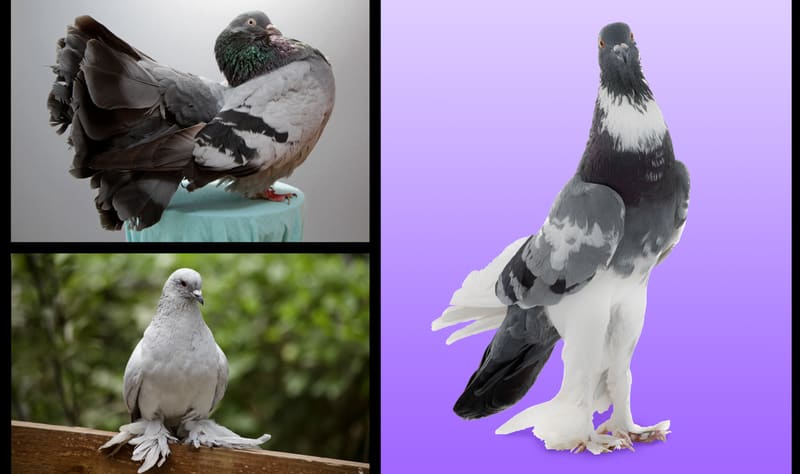
CONVERSEMOS:
¿Qué rasgos crees que los humanos seleccionaron para cada una de
estas razas de palomas?
¿Qué rasgos crees que los humanos seleccionaron para cada una de
estas razas de palomas?

Please wait…
This video is having trouble loading. You may have lost your Internet connection.
Step 1: Click to Reload this page
Step 2: Click to
Try our other video player
Step 3: contact support if trouble persists.
Or,
dismiss this message.

CONVERSEMOS:
¿Cómo es posible que el ancestro de todas estas razas de perros tan
diferentes sea un lobo antiguo?
¿Cómo es posible que el ancestro de todas estas razas de perros tan
diferentes sea un lobo antiguo?

Please wait…
This video is having trouble loading. You may have lost your Internet connection.
Step 1: Click to Reload this page
Step 2: Click to
Try our other video player
Step 3: contact support if trouble persists.
Or,
dismiss this message.

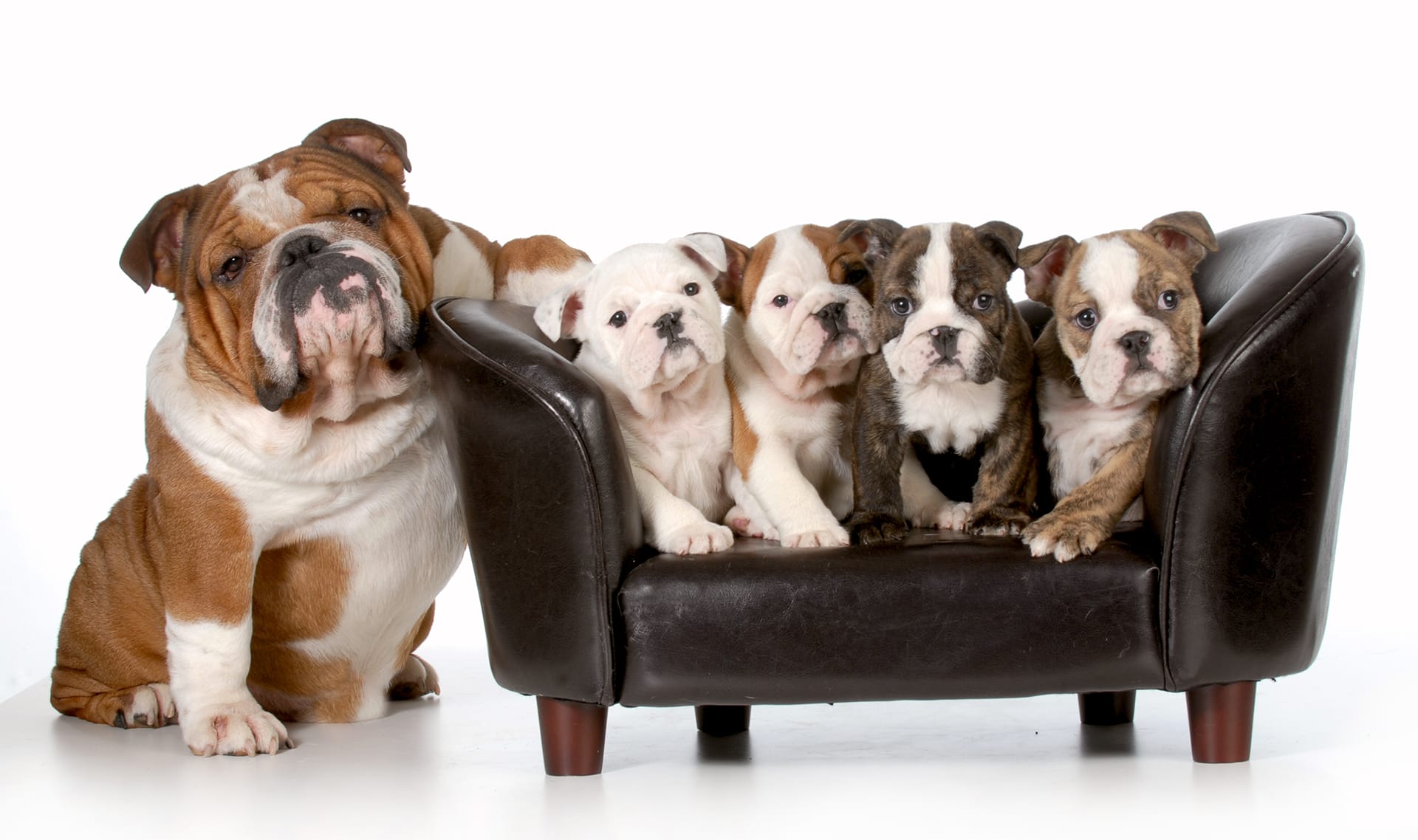
crías
1 de 8
bebés
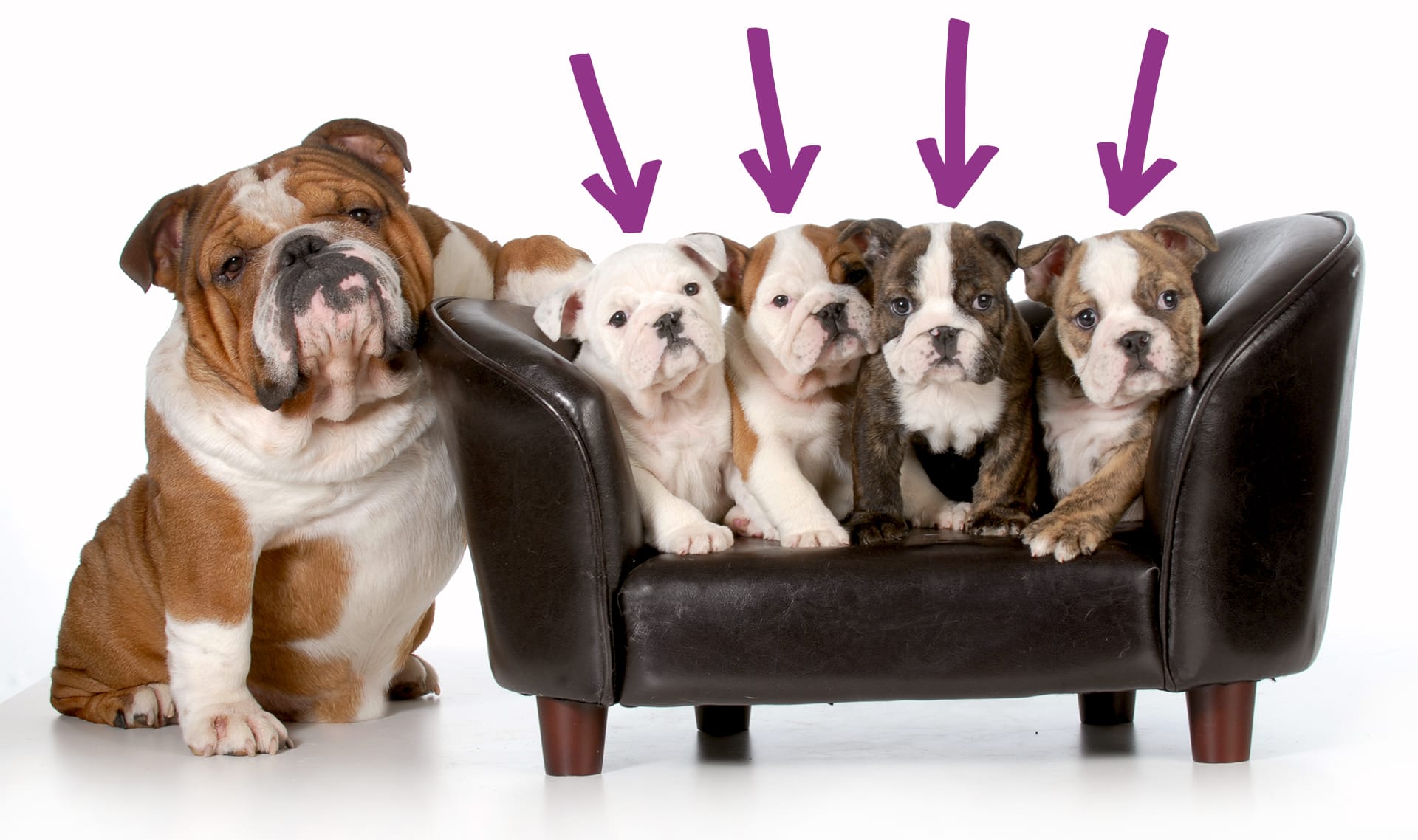
hermanos
2 de 8
crías que tienen los mismos padres
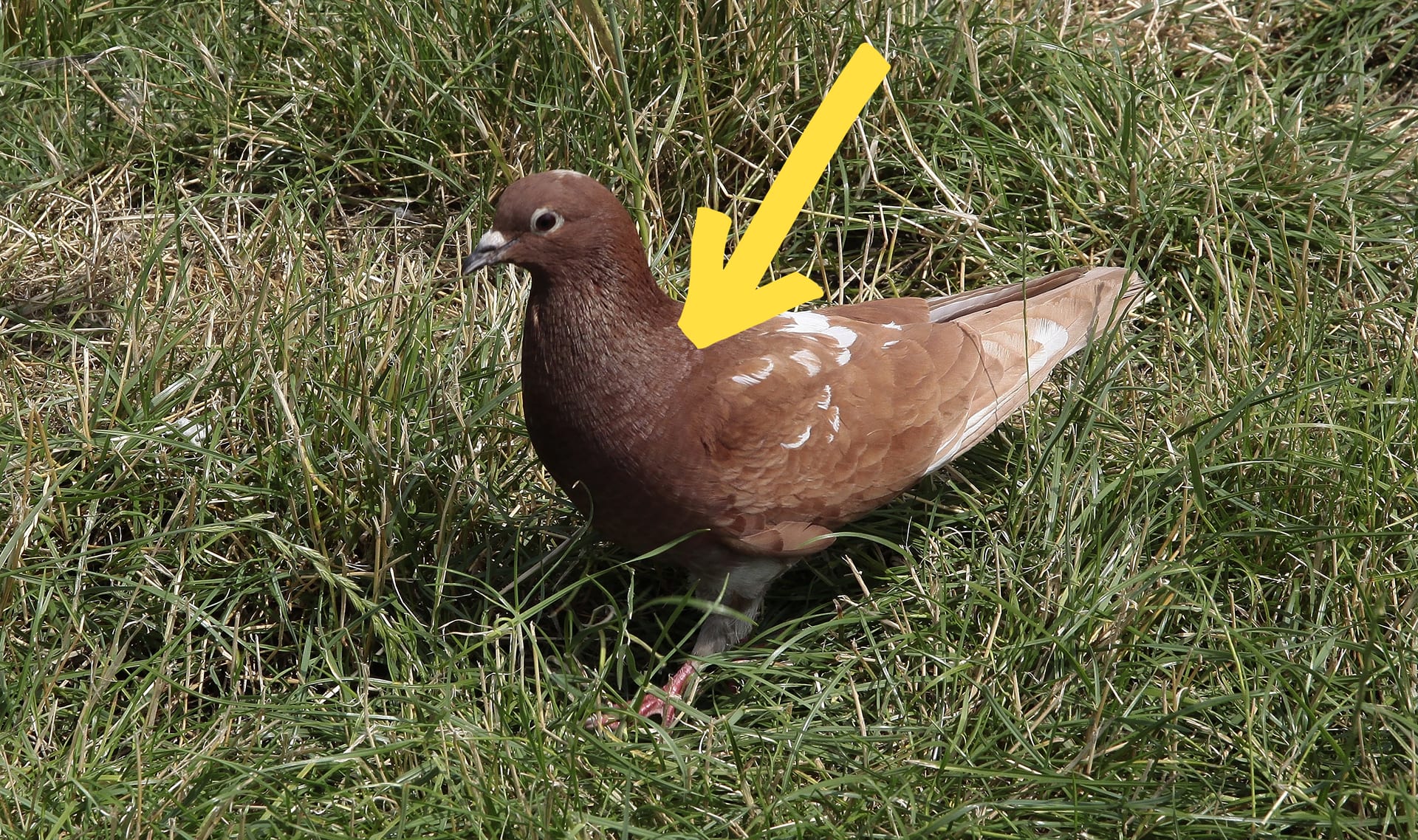
rasgo
3 de 8
algo que puedes observar acerca de un ser viviente, por ejemplo, el color de las plumas de una paloma
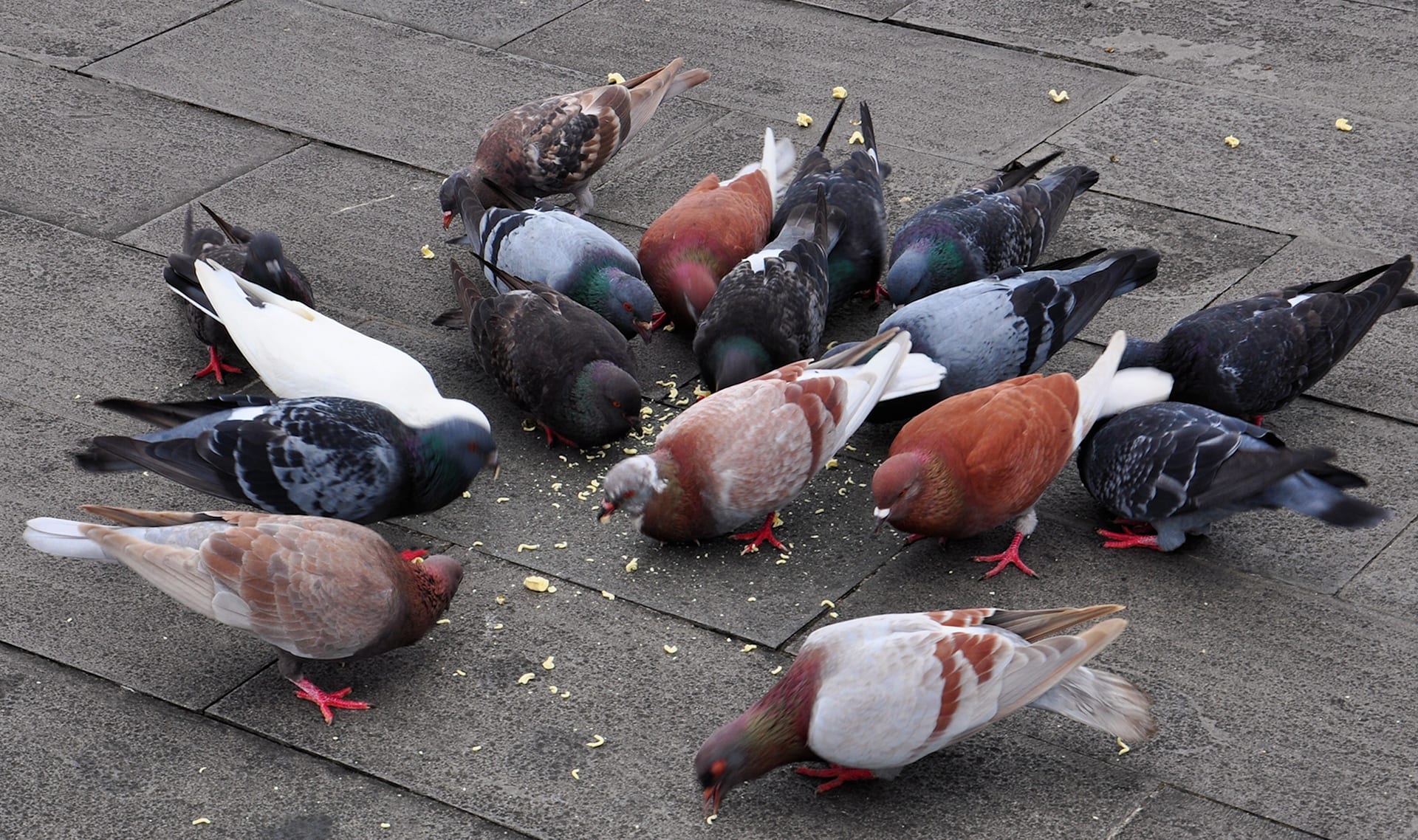
variación
4 de 8
diferencias en un rasgo entre seres vivos del mismo tipo, por ejemplo, diferencias en el color de las plumas de las palomas
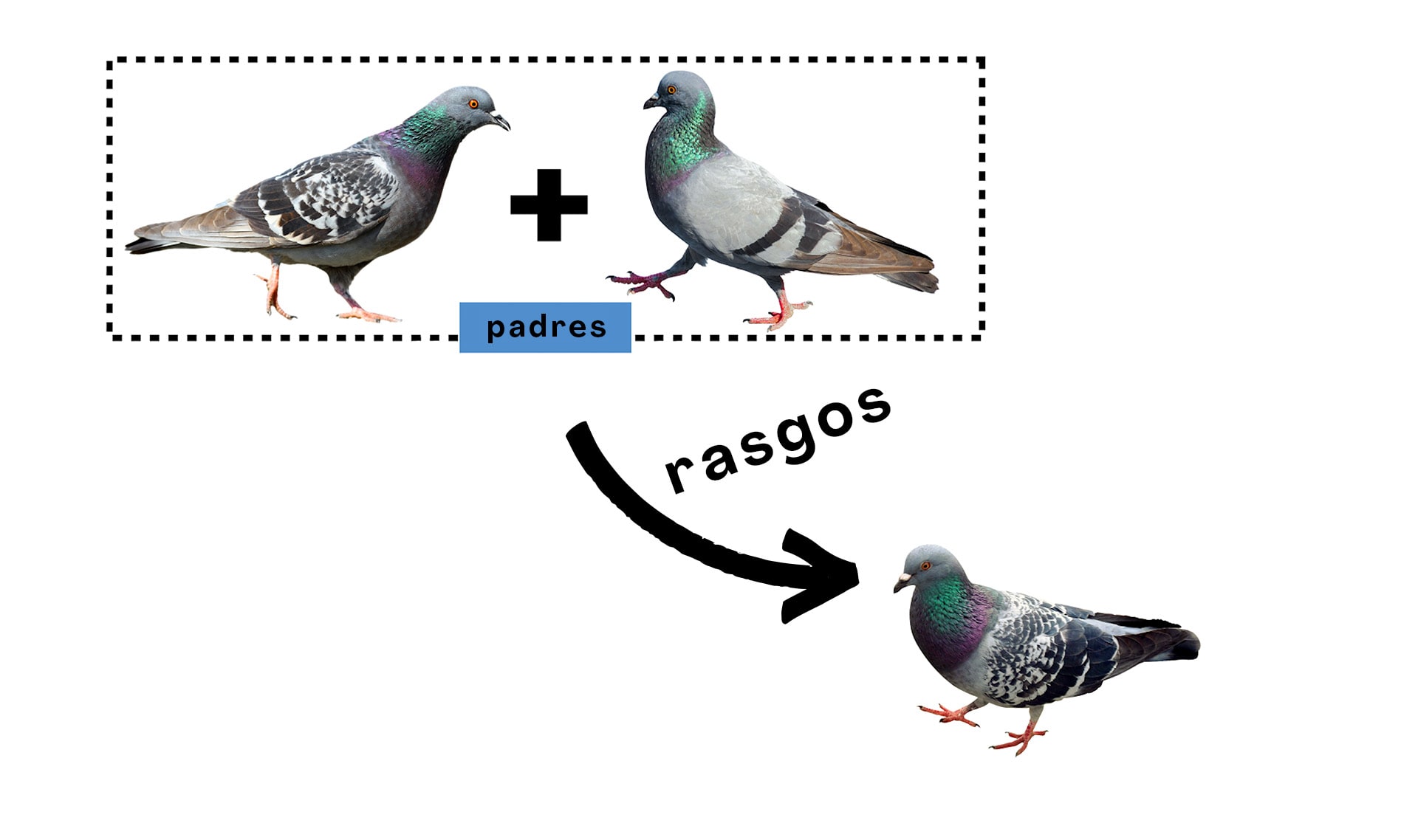
heredar
5 de 8
cuando alguien recibe un rasgo de sus padres
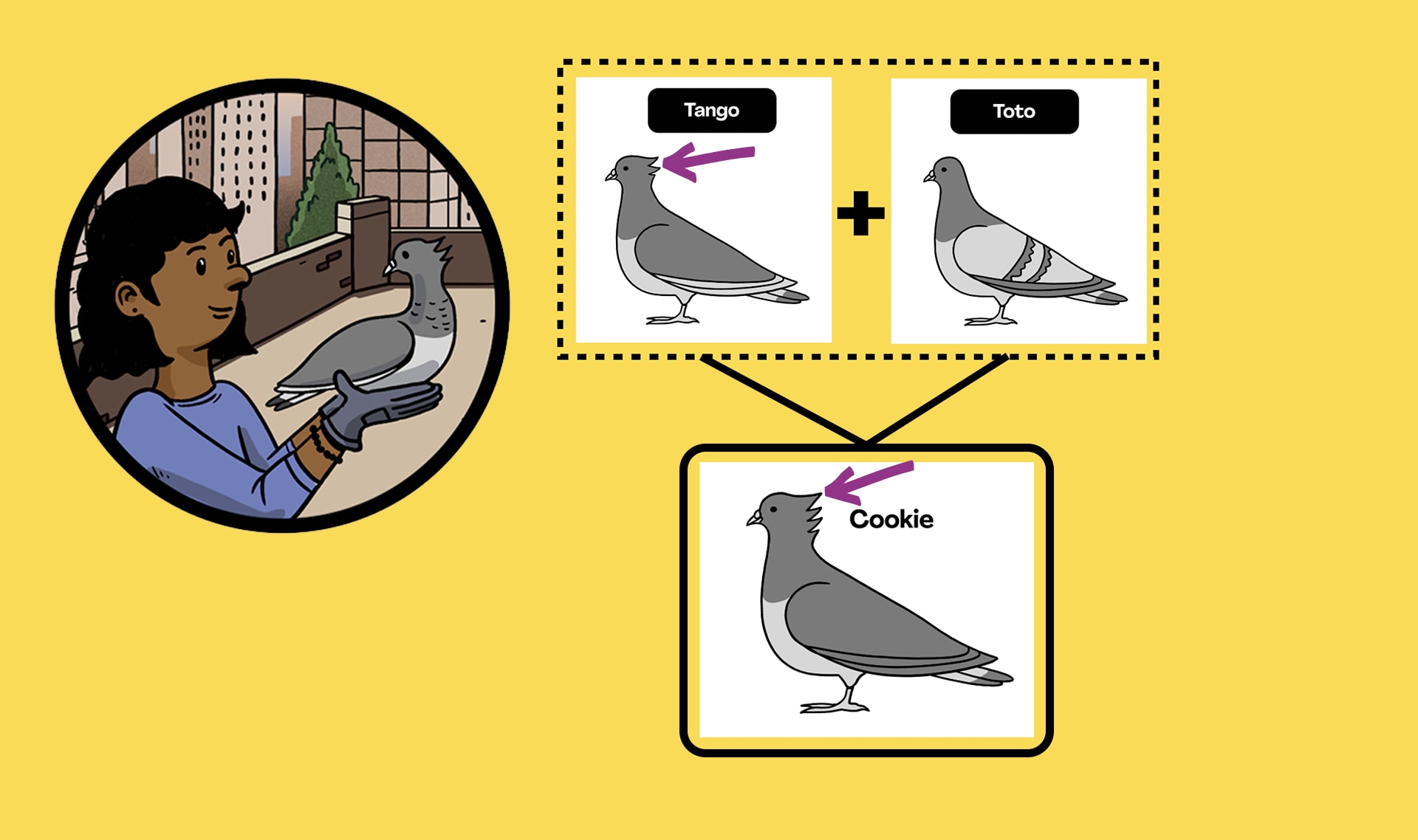
selección artificial
6 de 8
el proceso mediante el que los humanos eligen qué rasgos de ciertos seres vivos serán heredados a la siguiente generación
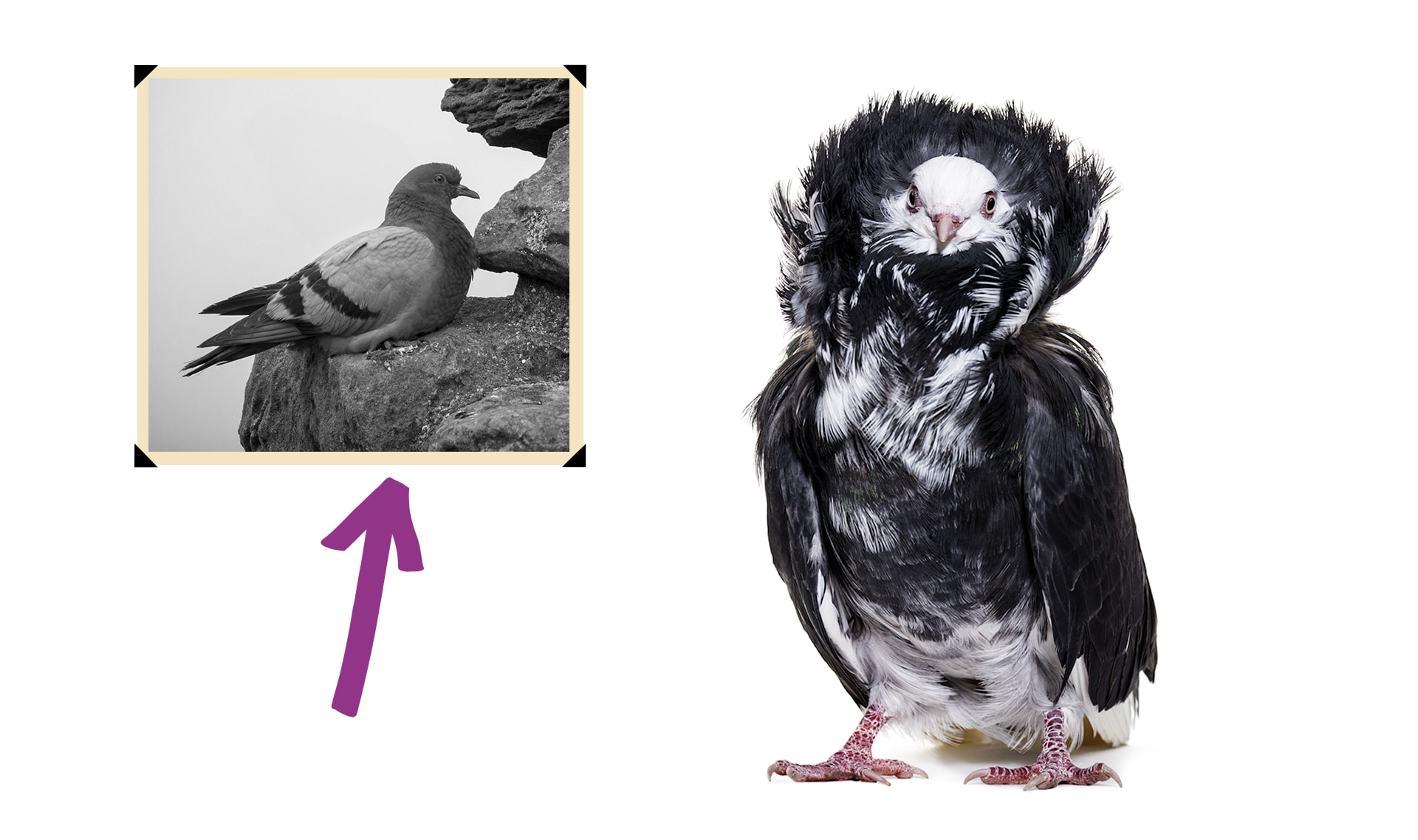
ancestro
7 de 8
un pariente que vivió hace mucho tiempo

raza
8 de 8
un grupo de seres vivos con rasgos específicos que fueron seleccionados por los humanos a lo largo del tiempo; por ejemplo, los doguillos son una raza de perros
🎉
That’s it for this lesson! How did it go?
Sign up now for more great lessons!
